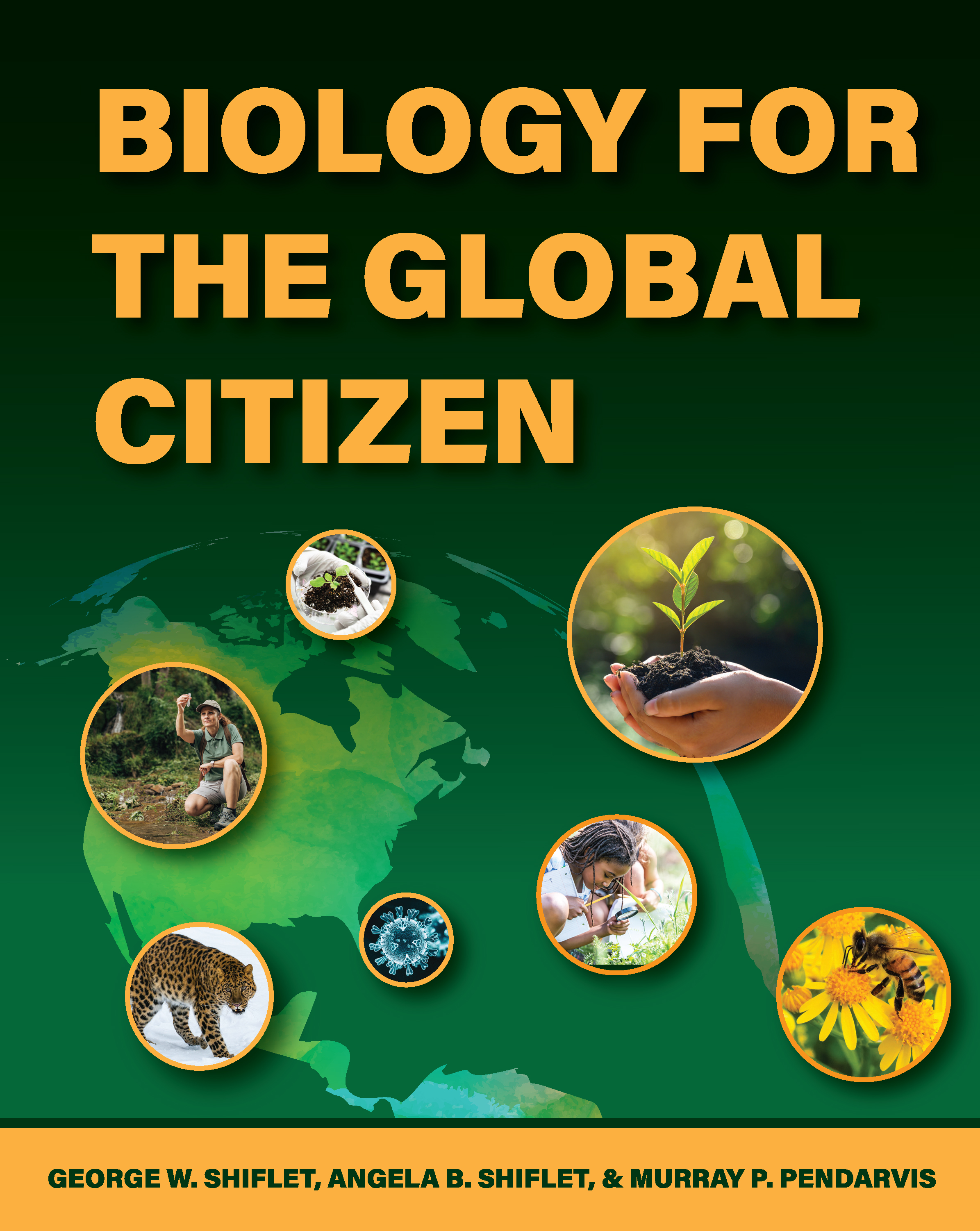in Science

|
What's News in Science 
|
Cone Snails – Chemical Hackers
by George Shiflet
|
Ancestors of present-day cone snails fed primarily on marine worms. Today, a number of cone snail species still feed on marine worms. One example is the imperial cone snail (Conus imperialis) that fancies bristle worms (Figure 1)

Figure 1. Collection of Conus imperialis
Copyright © Amada44 at https://commons.wikimedia.org/wiki/File:Conus_imperialis_-_1889.jpg
Bristle worms are segmented worms (polychaete annelids) that display extensions (parapodia) on each segment that bear many bristles (chaetae) (Figure 2). Parapodia function for locomotion and/or, with modification, gas exchange. Some of these worms are found crawling on the bottom sediments, coral reefs, etc. However, they will burrow into the sand or mud or hide in crevices or under rocks. In most species, the sexes are separate, and the gonads release the undeveloped gametes into an internal cavity for maturation (Figure 3a & b). Normally, as the eggs ripen, females will rise into the water, swim around in circles, and release their eggs. They also release chemicals classed as sex pheromones (chemicals that promote a social behavior in members of the same species), which draw males from their hiding places to swim among the gyrating females and release their sperm, as well as their own pheromones. Fertilization takes place in the sea water, and development of new worms begins.

Figure 2. General anatomy of a segment from a polychaete worm
Copyright © Hans Hillewaert / CC BY-SA 4.0 at https://commons.wikimedia.org/wiki/File:Polychaeta_anatomy_en.svg


Top: Figure 3a. Female bristle worm (eggs color most of the body yellow)
Copyright © Martin Gühmann at https://commons.wikimedia.org/wiki/File:PlatynereisDumeriliiFemaleEpitoke.tif
Bottom: 3b. Male bristle worm (white area near head of worm are sperm)
Copyright © Martin Gühmann at https://commons.wikimedia.org/wiki/File:PlatynereisDumeriliiMaleEpitoke.tif
Scientists were amazed when they analyzed the metabolites (intermediate or end-product of metabolism) in cone snail toxin to isolate two chemicals that were structural and functional mimics of the pheromones produced by their favorite prey. Experiments in the laboratory demonstrated that the pheromones would promote mating behavior in worms of the opposite sex. So, the cone snail might use these chemicals to lure the worms out of seclusion as a hunting tool. Imagine the surprise that the worms feel when they emerge for mating, but instead find themselves on the dinner menu for the snails. The snails pierce the worms with their harpoons, immobilizing the worms for consumption (Torres et al. 2021). The worms’ reproductive cycle has been hacked by a major predator.
Torres, Joshua P., Zhenjian Lin, Maren Watkins, Paula Flórez Salcedo, Robert P. Baskin, Shireen Elhabian, Helena Safavi-Hemami et al. "Small-molecule mimicry hunting strategy in the imperial cone snail, Conus imperialis." Science Advances 7, no. 11 (2021): eabf2704.